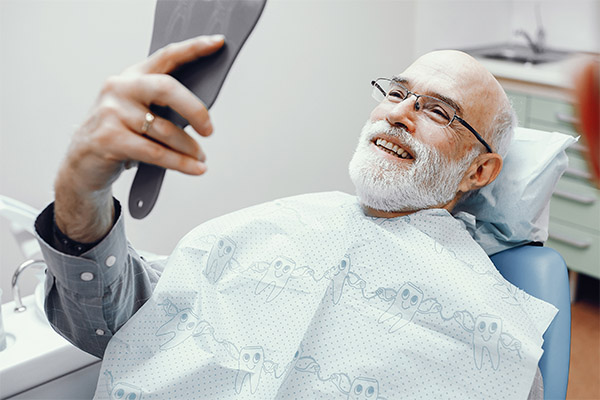 The most common procedure that a periodontist performs is removing plaque and tartar from their patients’ teeth. This procedure helps to remove the bacterial infection that causes gum disease and its symptoms. With time, monitoring, and a few follow-up procedures, the periodontist can restore the health of their patient’s teeth and gums. In the following sections, you get to read about how a periodontist removes plaque and calculus from the tooth roots.
The most common procedure that a periodontist performs is removing plaque and tartar from their patients’ teeth. This procedure helps to remove the bacterial infection that causes gum disease and its symptoms. With time, monitoring, and a few follow-up procedures, the periodontist can restore the health of their patient’s teeth and gums. In the following sections, you get to read about how a periodontist removes plaque and calculus from the tooth roots.
A periodontist explains gum disease and its treatment
Harmful mouth bacteria will mount an attack on the teeth and gums whenever they can. Sometimes the bacteria will attack the enamel by creating acids that cause cavities and tooth decay. The bacteria can also infect the inner tooth causing pulpitis, which typically requires root canal therapy to resolve.
The same bacteria can also accumulate at the base of the teeth inside plaque. If the plaque remains at the gum line, it will eventually harden to form tartar or calculus. Think of calculus as a city or a staging area that bacteria use to attack gum tissues. The bacterial attack of the gums causes the following symptoms:
- Deep gum pockets form as the gums separate from the tooth roots
- Gum recession
- Tooth sensitivity
- Sore, tender gums
- Gums that bleed easily
- Moderate to severe gum disease may cause loose teeth
Periodontists remove the root cause of gum disease by scouring the tooth roots to dislodge plaque and tartar. This procedure goes by the name scaling and root planing, or root surface debridement. Here is what to expect from the procedure.
Root surface debridement: an explainer
The periodontist will first apply a topical anesthetic before completely numbing their patient’s gums. They then use a scaling tool to dislodge plaque and tartar from the base of the teeth. The periodontist will then use a planing tool to scrape plaque and tartar from the surface of the tooth roots.
As they dislodge the plaque and tartar, the periodontist will keep rinsing out the gum pockets to wash away the debris. For severe cases of gum disease, the periodontist will apply antibiotics to the gums. The medication works to kill any infection that remains in the soft tissues of the gums.
The action of debriding the surfaces of the tooth roots stimulates the regeneration of gum tissue. This goes a long way to cause the reattachment of gum tissue to the tooth roots. In time the gum pockets become smaller, reverting to their ideal depth of three millimeters.
Advances in root surface debridement
The traditional way of performing scaling and root planing is with a mechanical scaler and a mechanical planing tool. Nowadays, some periodontists use ultrasonic tools to break up and dislodge tartar from the tooth roots. This is a less invasive alternative to mechanical tools.
Reach us to find out about personalized treatment for periodontal disease
Get in touch with us to schedule a consultation if you are in the Summit area. Our periodontist will work with you to develop a custom course of treatment to restore your gum tissues.
Request an appointment or call Summit Periodontics & Dental Implants at 908-219-6664 for an appointment in our Summit office.
Related Posts
People who are seeking healthy gums but are dealing with challenges with gingivitis can see an expert periodontist, a dental professional who has studied the structures that support the teeth. These include the gums, the jawbone itself, and the ligaments that help hold the teeth in place.Periodontists are trained dentists who focus their attention on…
During a visit to the periodontist, the dental professional will reiterate the importance of taking proper care of your gums and teeth. Only a few people realize how important good oral health is to overall wellness. Since the mouth is the primary entry point into the body, bacteria can spread to other parts, putting you…
A periodontist performs periodontal plastic surgery to help restore damage caused by gum disease. Gum disease is an infection of gum tissues caused by the bacteria in plaque and tartar. The infection leads to antibodies being dispatched to the area, leading to inflammation and damage to structures that support teeth.Gingivitis is the first stage of…
